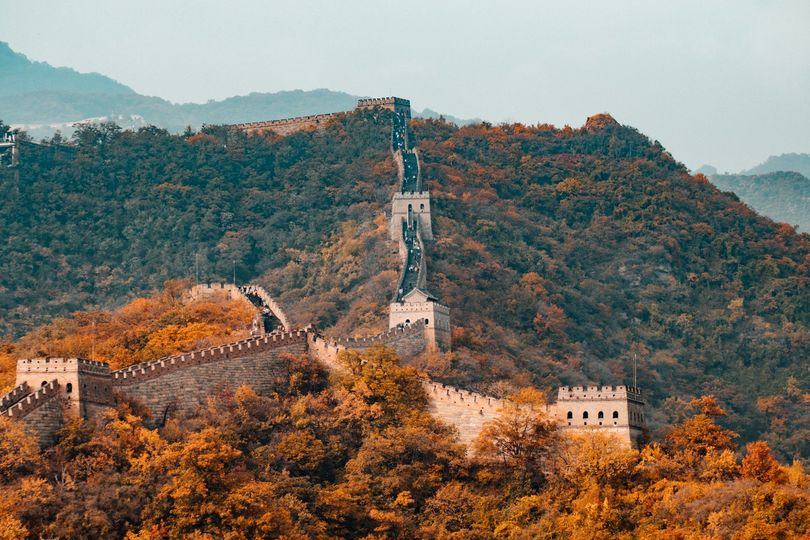1. The Great Wall of China is not a single, unbroken wall but a series of walls and fortifications. It is the longest wall in the world, with an estimated length of 13,170 miles (21,196 kilometers).
2. China is home to the oldest continuous civilization in the world, with written records dating back over 3,500 years.
3. China is the world’s most populous country, with over 1.4 billion people, representing approximately 18% of the global population.
4. The country uses a “social credit” system, which rates citizens based on their behavior and rewards or penalizes them accordingly.
5. China is one of the largest countries by land area, covering approximately 9.6 million square kilometers, making it the fourth largest country in the world.
6. The Chinese invented paper, the compass, gunpowder, and printing, among other things. These inventions are often referred to as the Four Great Inventions of ancient China.
7. The Giant Panda, one of the world’s most endangered and adored animals, is native to China and serves as an unofficial national symbol.
8. China is the world’s largest producer and consumer of rice, and it plays a central role in the country’s cuisine and culture.
9. The Yangtze River in China is the third-longest river in the world, stretching over 6,300 kilometers (3,917 miles).
10. The Terracotta Army, discovered in 1974 in Xi’an, consists of thousands of life-sized clay soldiers that were buried with Qin Shi Huang, the first Emperor of China, to protect him in the afterlife.
11. Feng Shui, an ancient Chinese practice of arranging physical environments to harmonize with spiritual energies, originated in China over 3,000 years ago.
12. The Silk Road was an ancient network of trade routes that connected China to the Mediterranean Sea, facilitating not only trade but also the exchange of ideas and cultures.
13. China has a “megacity” called the Pearl River Delta, which is the world’s largest urban area in both size and population, surpassing Tokyo.
14. Chinese New Year, also known as the Spring Festival, is the most significant traditional Chinese holiday, celebrated with fireworks, dragon dances, and family reunions.
15. The Forbidden City in Beijing is the world’s largest palace complex, consisting of 980 buildings over 180 acres.
16. China’s high-speed rail network is the most extensive in the world, with over 37,000 kilometers (about 23,000 miles) of tracks.
17. Traditional Chinese medicine, with its roots going back over 2,500 years, emphasizes balancing the body’s internal energy and harmony with the natural world.
18. China was the first country to use paper money, during the Tang Dynasty (618-907 AD).
19. The concept of Yin and Yang, which represents the idea that opposite forces are interconnected and interdependent, originates from ancient Chinese philosophy.
20. The Chengdu Research Base of Giant Panda Breeding in Sichuan Province is a renowned facility dedicated to the conservation of giant pandas.
21. China is one of the world’s oldest tea-producing countries, with a history of tea cultivation that dates back over 3,000 years.

